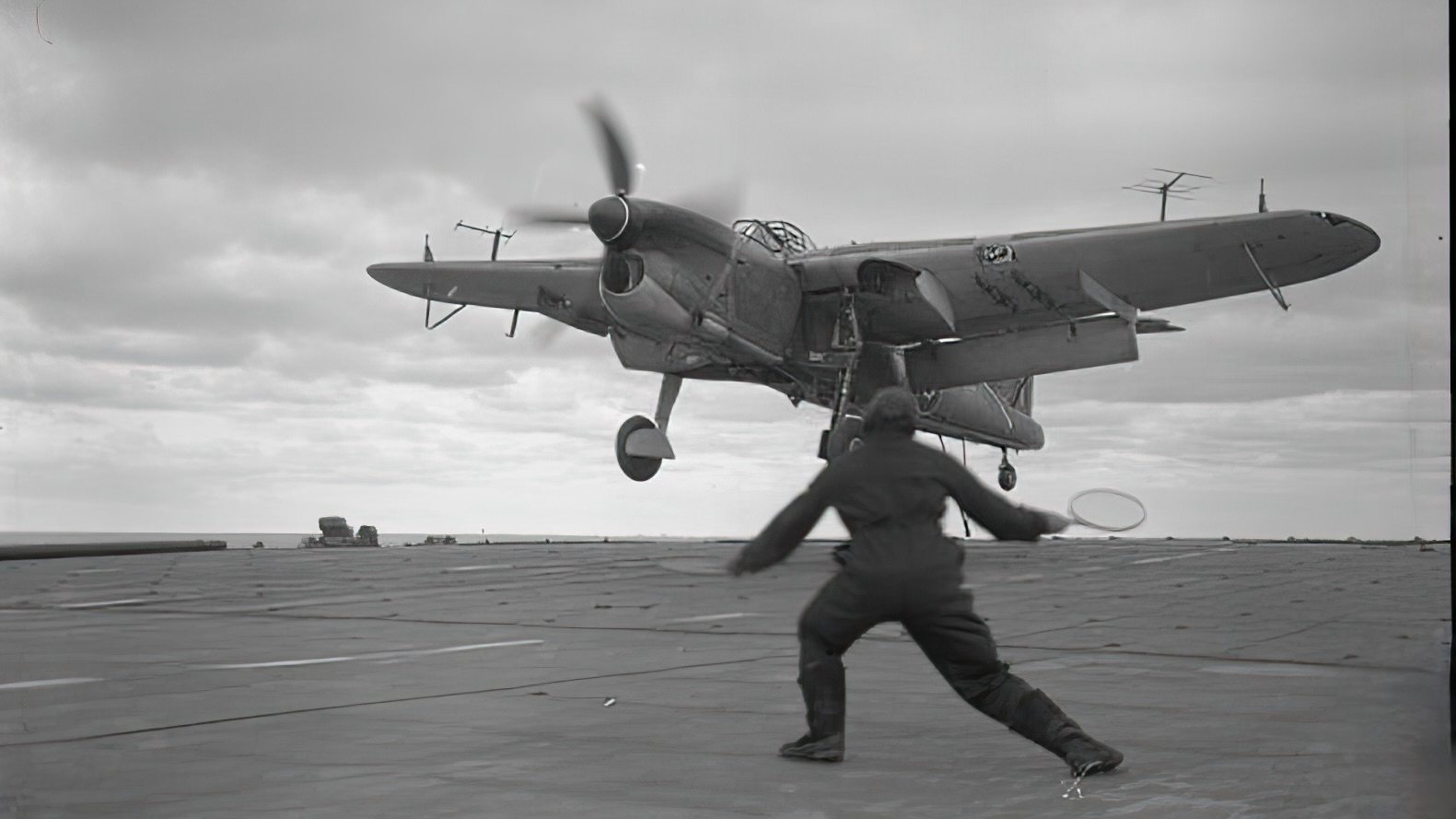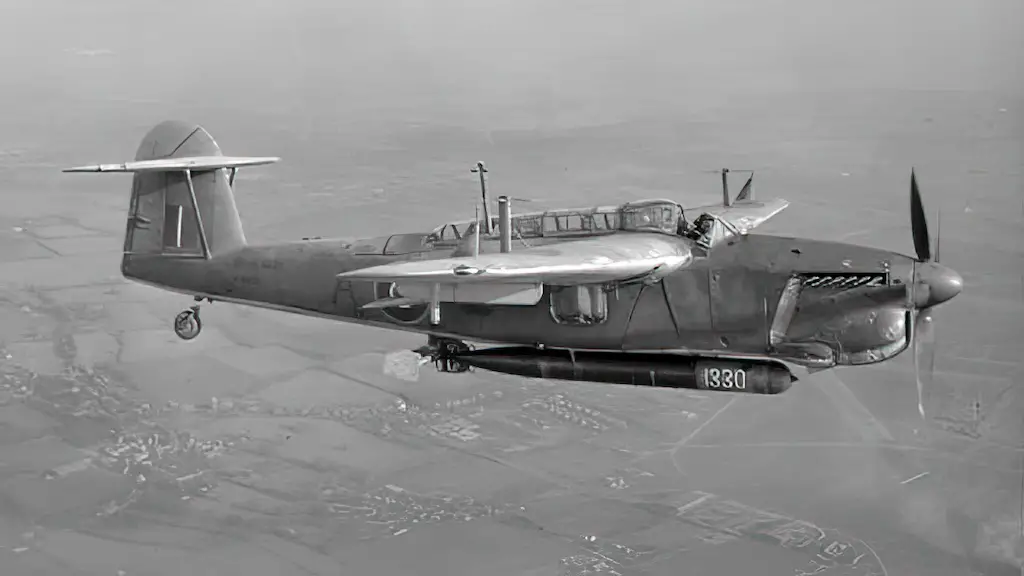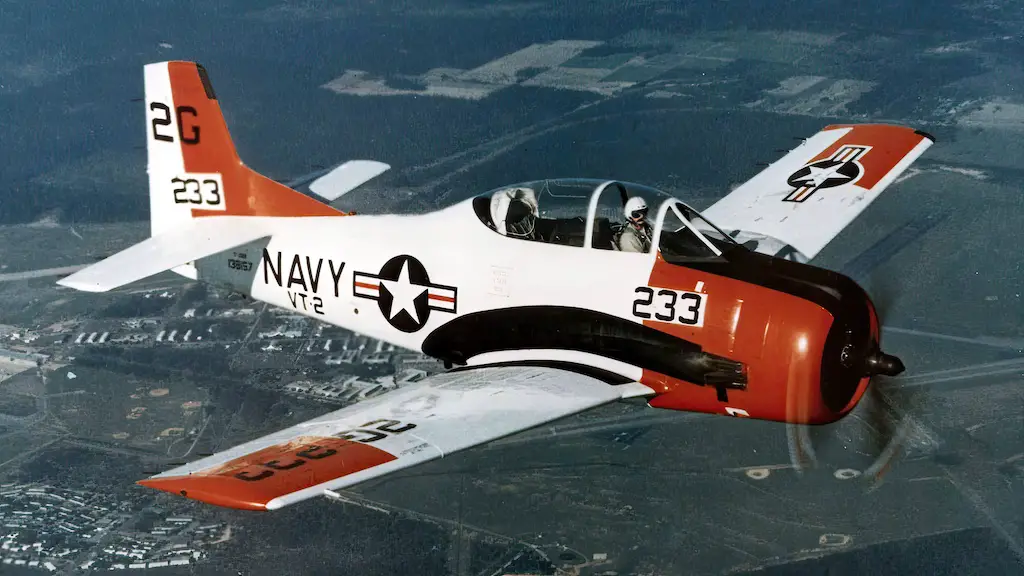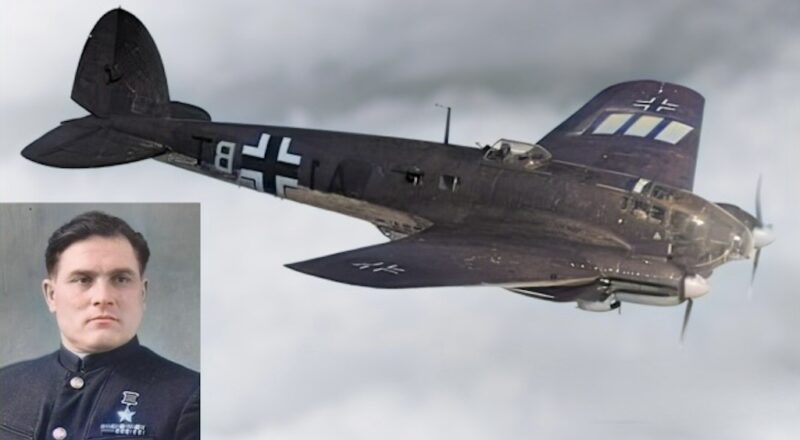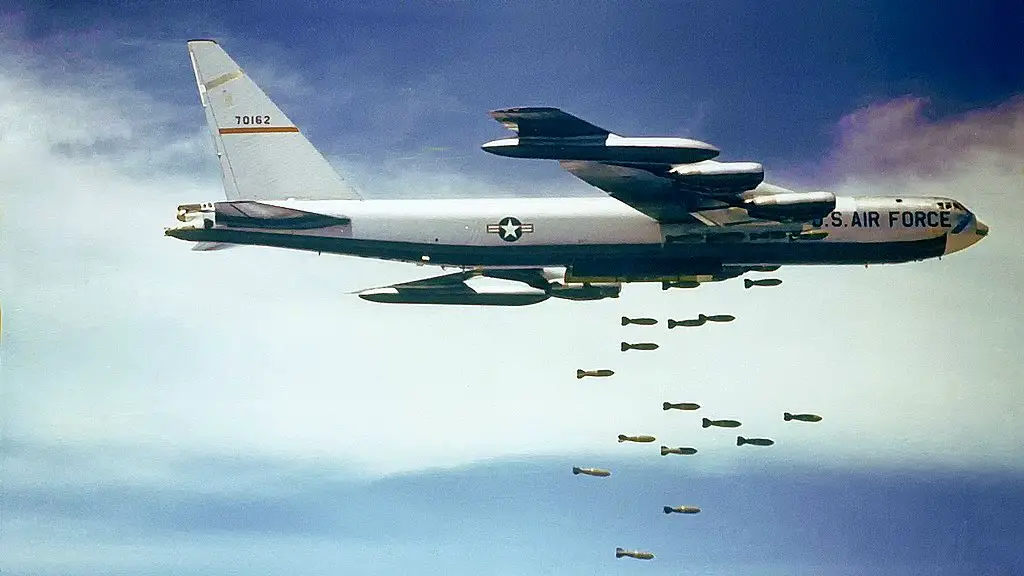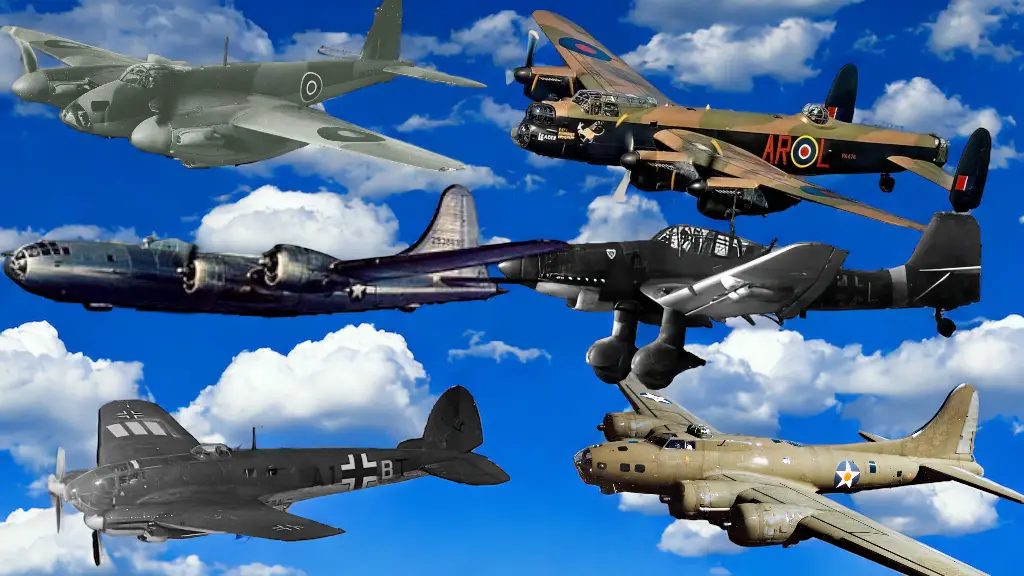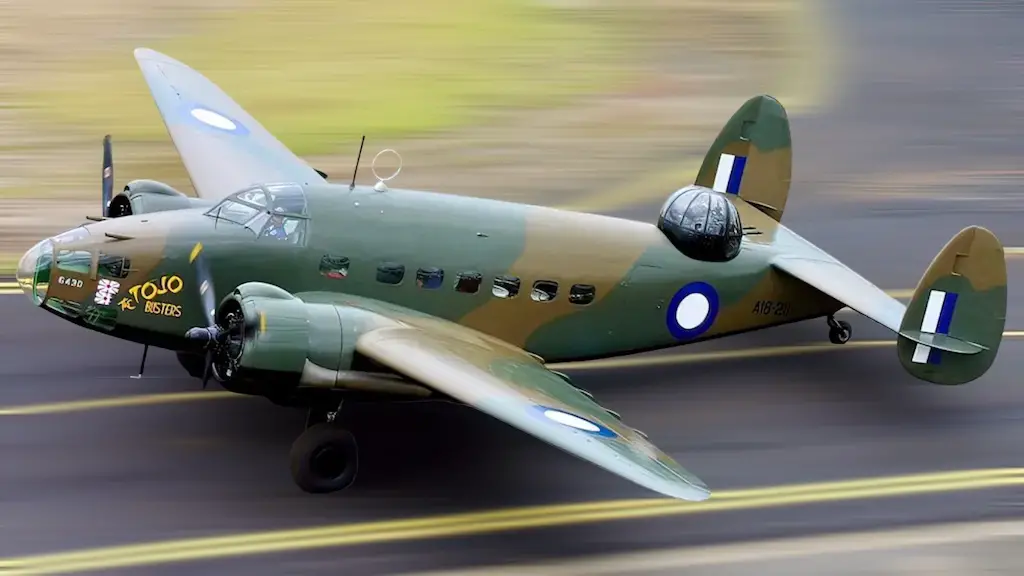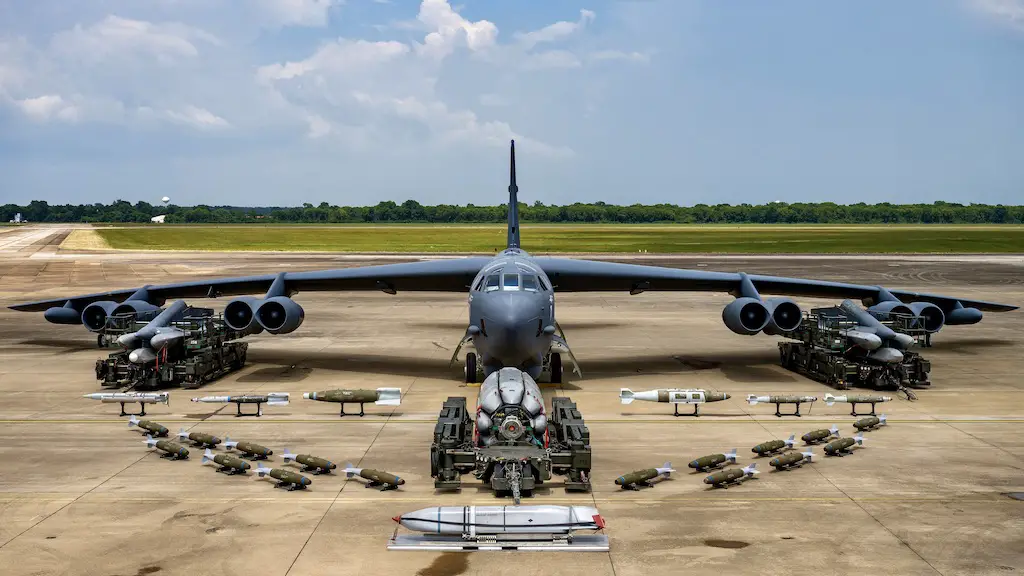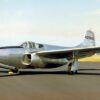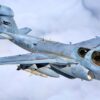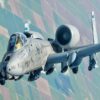The Conception of the Fairey Barracuda
The story of the Fairey Barracuda, an innovative British torpedo bomber, is deeply rooted in the stormy years of the Second World War. Born out of necessity in 1939, it came into existence as a visionary design responding to the British Air Ministry Specification S.24/37. This was an ambitious ask for a formidable torpedo bomber, capable of taking off from an aircraft carrier, able to withstand rigorous conditions, and destined to challenge enemy ships and submarines with unrelenting force.
Fairey Aviation, a pioneer in aircraft manufacturing, took the lead. Their solution was groundbreaking—a monoplane torpedo bomber. Years of relentless effort culminated in December 1940, when the inaugural Barracuda prototype prepared for its debut in the skies. This pivotal moment heralded a new era in military aviation, signaling the advent of a groundbreaking class of aircraft.
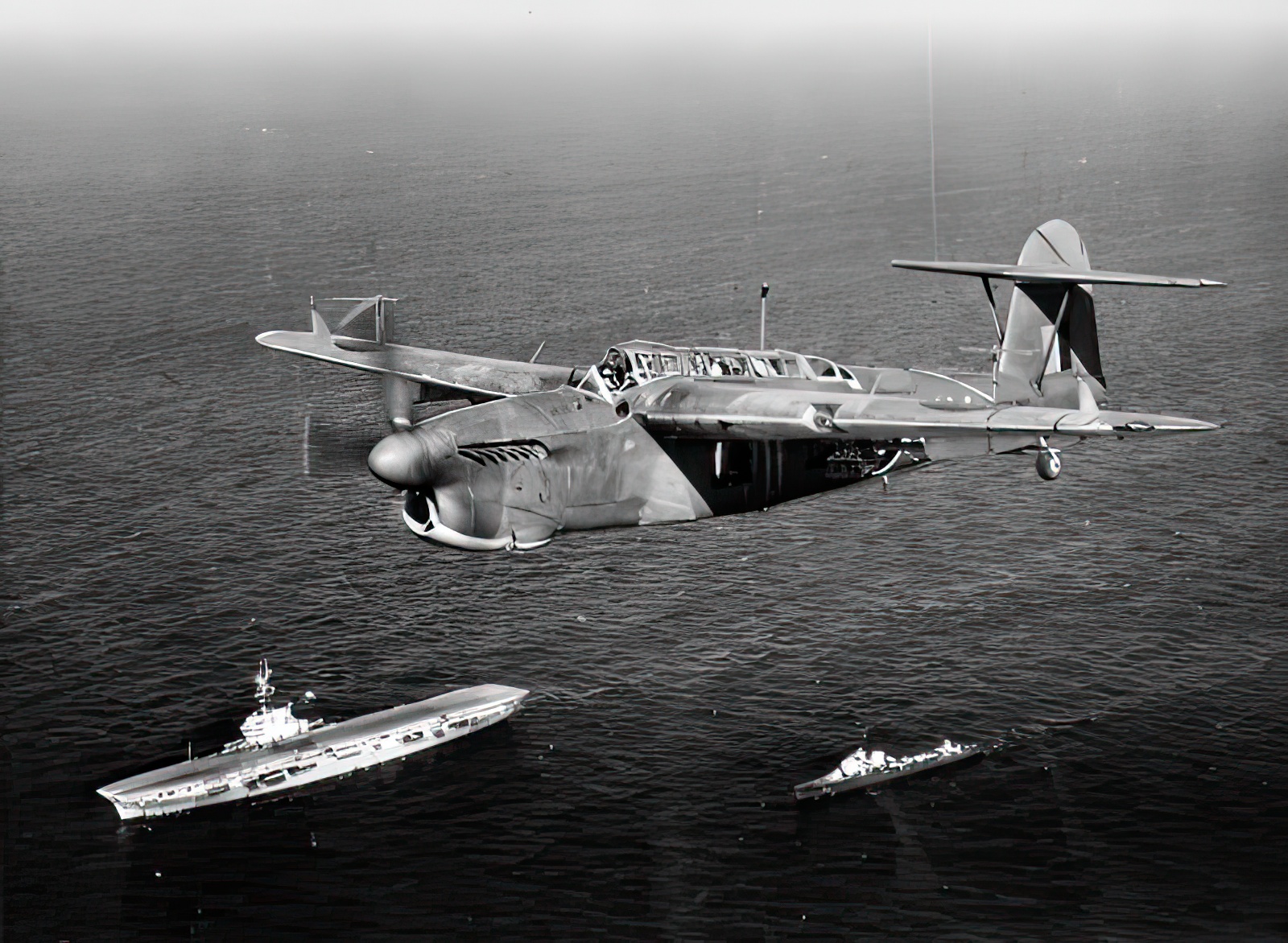
A Review of the Fairey Barracuda’s Performance
Propelled by the Rolls-Royce Merlin engine, the Barracuda was an epitome of power, speed, and agility. Its maximum speed peaked at 211 mph, with a formidable range of 1,120 miles, permitting it to strike far beyond the horizon. Its unique design and sturdy build enabled it to carry a massive payload of 1,620 lbs, typically torpedoes or bombs, a capacity that struck fear into the hearts of enemy vessels.
Barracuda’s design was an aviator’s dream. Its innovative folding wings allowed for more efficient storage on crowded aircraft carriers, and its large cockpit windows offered pilots an unparalleled field of vision.
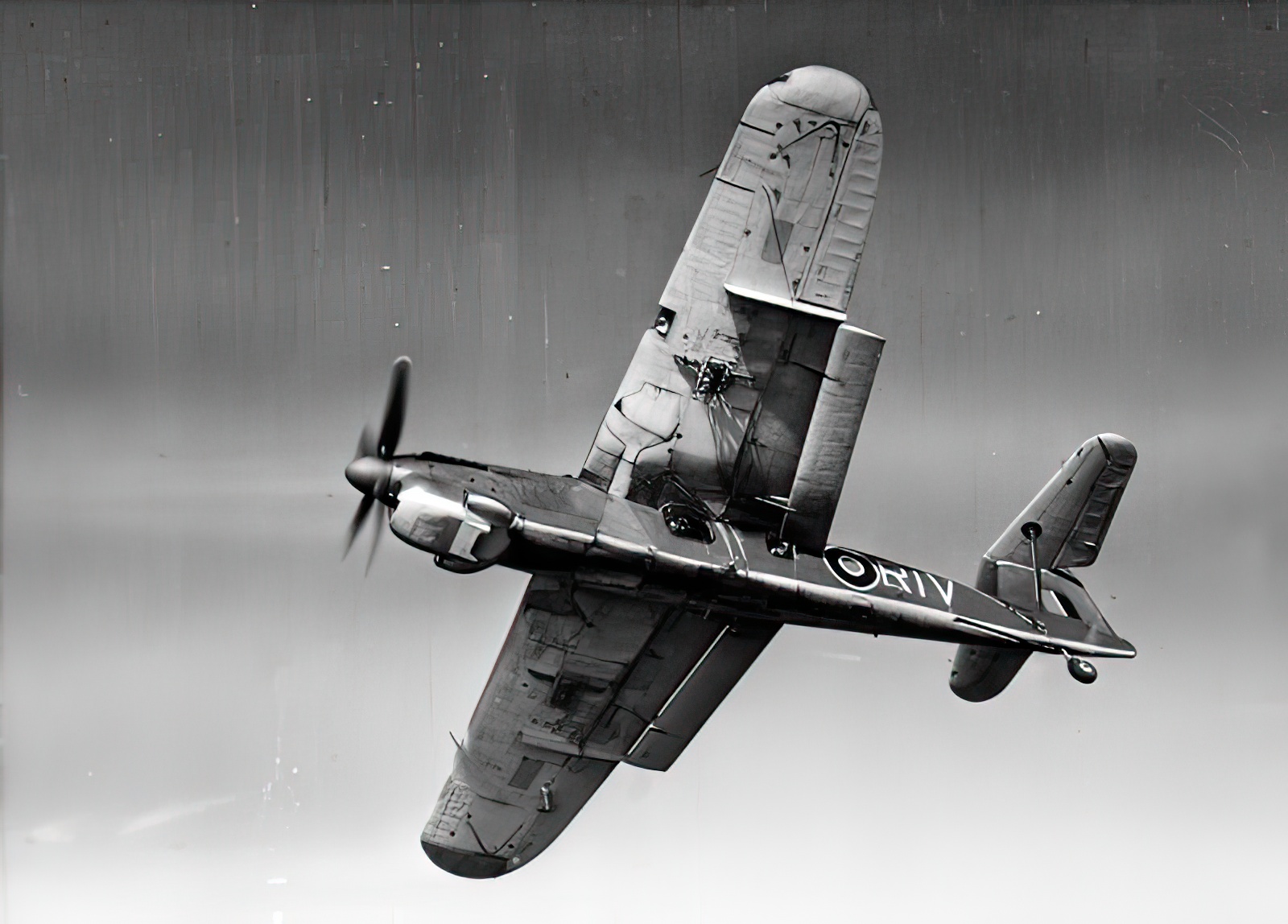
Spearheading Operation Tungsten
In the throes of war, the Barracuda’s mettle was truly tested. It debuted in combat in 1943, during a bold anti-shipping operation against a German merchant vessel. However, its crowning glory came in 1944’s Operation Tungsten, an audacious mission to cripple the German battleship Tirpitz, hidden in the Norwegian fjords.
Armed with armor-piercing bombs, 42 Barracudas dove from the sky in two waves. Against formidable anti-aircraft defenses, the brave aviators launched their attack. The mission was a triumph—the Tirpitz was severely damaged, and the Barracuda’s name was etched in the annals of naval warfare.
Retiring the Wings of Valor
After the war, the Barracuda continued to serve the British Fleet Air Arm until 1953, taking roles from trainer to target-tug, proving its versatility. As its retirement neared, it made way for more modern aircraft. However, its legacy wasn’t forgotten.
Today, the Barracuda is emblematic of the ingenuity born of war, a monument to Britain’s exceptional aeronautical acumen, and an homage to the daring aviators who piloted this incredible craft. Although it no longer graces the heavens, its inspiring stories endure, hearkening back to an era where bravery, resourcefulness, and an unyielding resolve joined forces to steer the tides of history.
